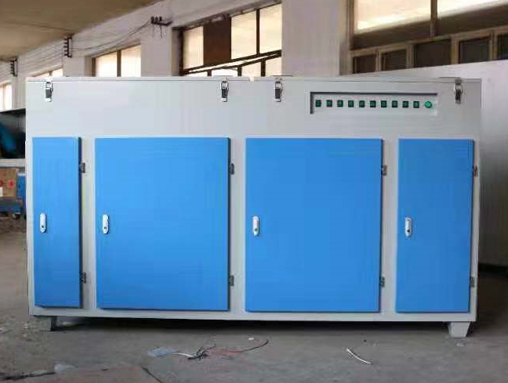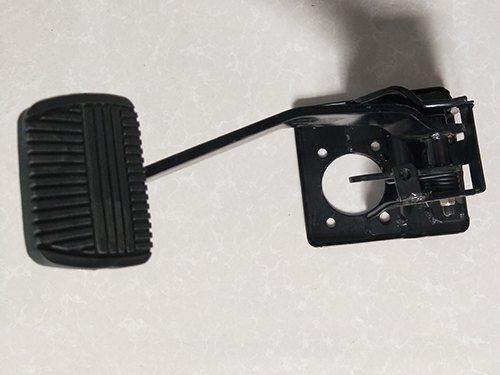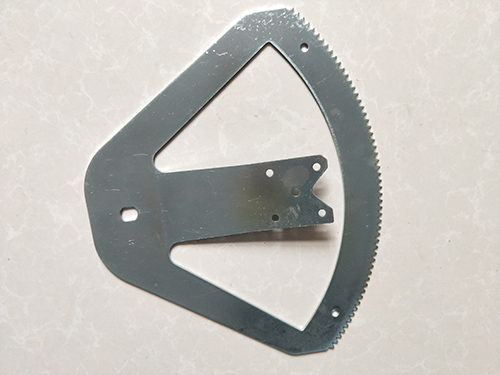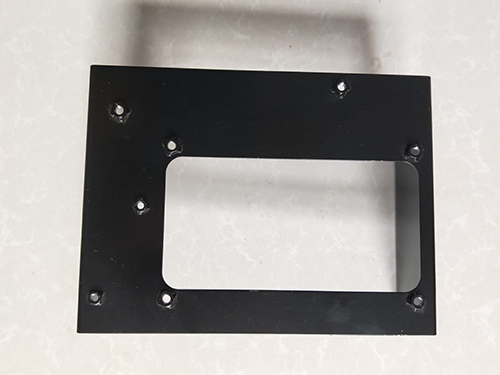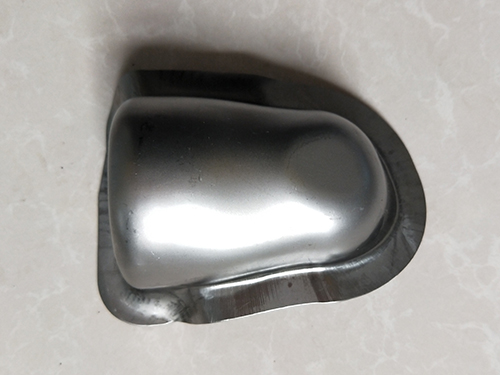The main characteristics of the metal stamping process
Firstly, the stamping process involves the following steps in the production of stamping parts: flipping, dropping, cutting, and punching. However, each step has its own characteristics and significant differences. For relative automotive parts, analyze the technology according to relevant companies, determine the nature of automotive parts manufacturing work, and modify the process through relative technology and analysis. 2. Analyze the processability of stamping parts for automotive stamping parts; The difficulty of processing depends on the manifestation of the processability of the stamped parts, which requires an analysis of the material quality, requirements, size, and appearance characteristics of the magnetic village of the parts in terms of technology. The stamped parts produced meet the standards and requirements. In addition, excellent processability also requires other characteristics such as ease of operation and stability of part quality. Generally speaking, the degree and structural dimensions of automotive stamping parts have a significant impact on the processability of stamping parts. If there is a problem of poor quality stamping parts, it is necessary to provide suggestions and ideas to relevant departments and make appropriate modifications to the design drawings to improve the processability of stamping parts. 3. There are often many options for the selection of processes in the manufacturing of automotive stamping parts. Therefore, when designing stamping process schemes, a rigorous analysis of the design process of automotive stamping parts should be conducted, and relevant combinations should be made based on multiple processes. It can be a single process for related manufacturing, or a combination of multiple processes to manufacture automotive stamping parts. Due to the requirements of automotive stamping parts and the need to produce a large number of parts, strict control is required to manufacture automotive parts through repeated stamping. However, when the size of the parts is small, due to the analysis of production efficiency and other factors, it is necessary to continuously produce and process the composite template. If the machines used in automobile parts manufacturing factories can self feed, they need to choose to use continuous stamping production methods. To prevent displacement errors caused by multiple stamping processes, the production method of composite molds is usually chosen. If only a few simple mold manufacturing are carried out, and the cost is higher than that of composite molds and the production volume is relatively small, the factory needs to think about the manufacturing process and choose the appropriate production method. Secondly, the main characteristics of stamped parts are that they are mainly formed by stamping metal or non-metal sheet metal with the help of pressure from a press machine through a stamping die. They mainly have the following characteristics: 1. Stamped parts are manufactured by stamping on the premise of low material consumption, with light weight and good rigidity. After plastic deformation of the sheet metal, the internal structure of the metal improves the strength of the stamped part. 2. Metal stamping parts; It has high dimensional accuracy, uniform and consistent dimensions with the same module, and good interchangeability. It can meet general assembly and usage requirements without further mechanical processing. 3. Stamping parts have good surface quality and a smooth and beautiful appearance during the stamping process, as the surface of the material is not damaged. This provides convenient conditions for surface painting, electroplating, phosphating, and other surface treatments.
